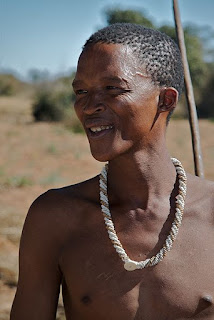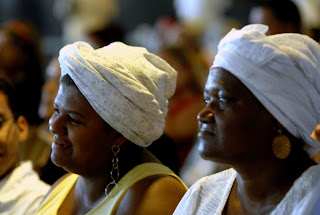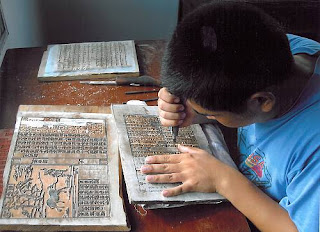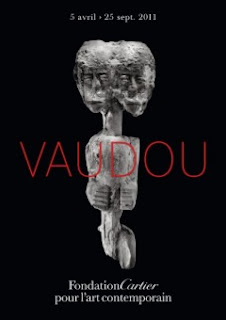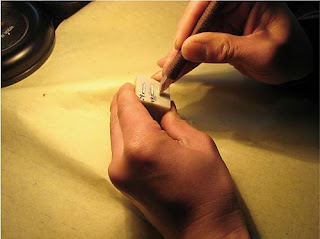Title: World's Lost Tribes, The Adventures of Mark and Olly
Year: 2007
Running time: 50 minutes
Country: USA
Plot summary:
Join extreme travellers Mark Anstice and Olly Steeds as they embark on unique expeditions into some of the most remote places on Earth.
Explorer, Mark and journalist Olly have spent months with two remarkable indigenous tribes in West Papua - the Kombai and the Mek - trekking high into uncharted highlands, seeking total immersion in isolated cultures with histories of tribal war, sorcery and witchcraft.
In this hugely different world, Brits Mark and Olly attempt to live off the land, exactly like their hosts. It's a hardcore challenge because not only do they have to learn how to survive on a largely unusual (and often unpalatable) diet, they must also work alongside the tribes, learn new languages and understand each tribe's rituals.
Join Mark and Olly in their incredible adventures as they make friends, and enemies, and learn the secrets of these primal societies.
Mark Anstice and Olly Steeds have done more than their fair share of globetrotting.
With Mark's military experience and Olly's journalistic nous, they're a formidable team with the skills necessary to gain the trust, befriend and ultimately earn the respect of their tribesmen hosts.
Their expeditions in West Papau stretched them both mentally and physically in a new world where nothing could be taken for granted.
The pair had to dig deep at times, but did, and came out the other side with some unforgettable memories and unparalleled experiences.
Kombai Tribe
The Kombai tribe was discovered only 25 years ago, in the dense jungles of West Papua, New Guinea
There are thought to be about 4,000 Kombai people. They are spread across approximately 250 small clans, each of which speaks a different language.
The Kombai are generally suspicious of outsiders, and few have shown interest in the missionaries who made contact with them. Anecdotal evidence suggests there has only been one convert to Christianity since 1982.
The tribes usually live in treehouses 30 feet to 100 feet above the ground. These homes, which offer views above the dense jungle, are built as a means of defence against raiding parties. They also enable the Kombai to avoid sorcerers and insects, and to keep cool.
Eating
The Kombai are hunter-gatherers, moving from place to place during long treks in search of food. They eat cassowary birds, riflebirds, wild pigs, grasshoppers, tree kangaroos and snakes. However, their main protein comes from the larvae of the Capricorn beetle, also coined the 'sago grub'.
They also eat biscuit-like concoctions called sago, which are made from the pulp of the sago tree. The pulp is turned into flour and then baked or steamed. It is supplemented with green bananas, cucumbers, mushrooms, fruits and berries. Palm leaves and ferns make up their diet as well. The Kombai cook with hot stones.
Dress
Short and muscular in appearance, many of the male tribesmen wear a sago thorn pushed through the septum of their nose. They wear leaves or small penis gourds, both as adornment and to protect their genitals. These are worn particularly during feasts, although some groups of the Kombai wear a hornbill head instead of a gourd.
Kombai women wear the bones of the flying fox through their nose and dog-tooth necklaces. They paint their faces with chalk and berries mixed with soot from a fire. Their clothing includes skirts made from woven sago leaves or young palm frond leaves. To make their skirts, the women hold the leaves in their teeth and tear them into thin strips. After powdering their thighs with ash, they use their palms to tightly roll strips of material, which form a growing length of thread. The thread is then looped around their big toe, which anchors the macraméing of the skirts.
Customs
Cannibalism is still believed to take place, though rarely, among the Kombai and only ever in the context of kakhua - male witches, who in the Kombai's belief, are responsible for the deaths of many tribal members. Those accused of being witches are said to be killed, baked and eaten in the belief that the practice will free the spirit of the victim killed by the male witch.
Mek Tribe
In World's Lost Tribes: New Adventures of Mark and Olly, explorer Mark Anstice and journalist Ollie Steeds are on an extreme mission to contact and live with the legendary Mek tribe of West Papua whose way of life has barely changed in thousands of years.
On their last adventure Mark and Olly were adopted by the elusive Kombai tribe. Now they are trekking high into the uncharted central highlands, seeking total immersion in a culture with a history of tribal war, sorcery and witchcraft.
The Mek people are an ancient tribe that has survived for thousands of years in one of the most beautiful but hostile environments on Earth and Mark and Olly are the first white expedition to enter the Merengman village, located in a part of the jungle described as "hundreds of miles of dark and screaming".
In their incredible adventure, Mark and Olly will attempt to gain acceptance into the village with the reward of the Mek's traditional penis gourd, and experience the chance to document the wisdom of the ancestors that will soon be lost.
© Text and image: Discovery Channel (www.yourdiscovery.com/worldslosttribes/)




